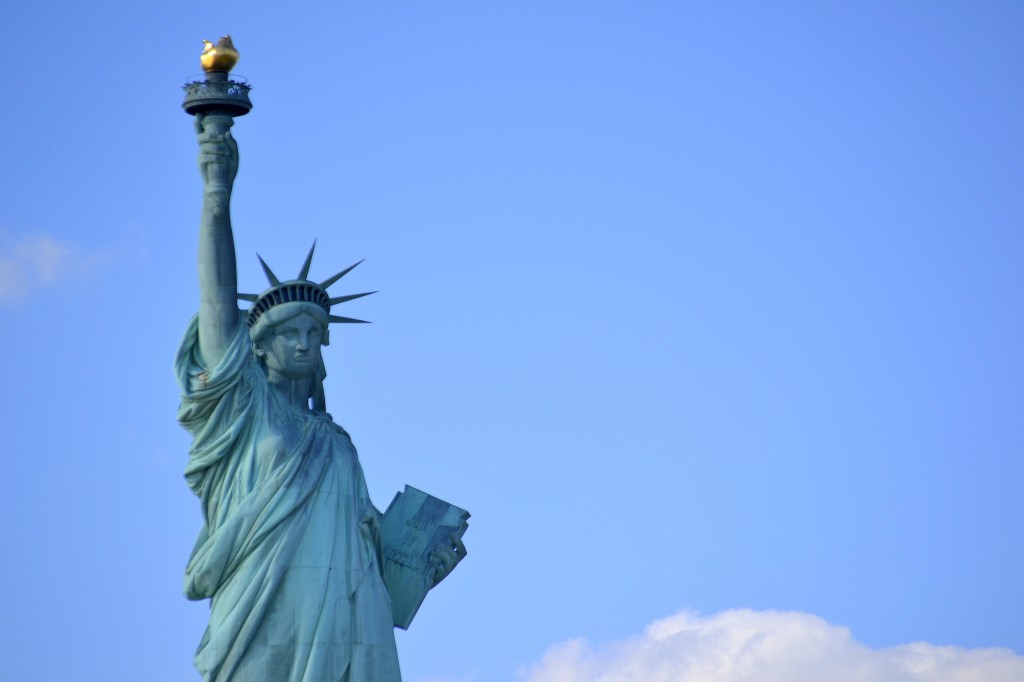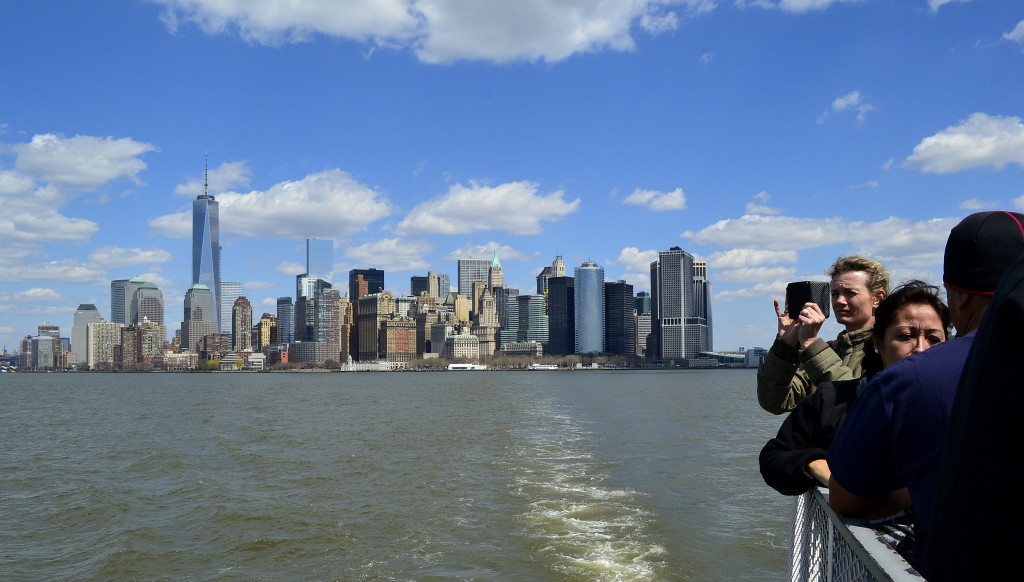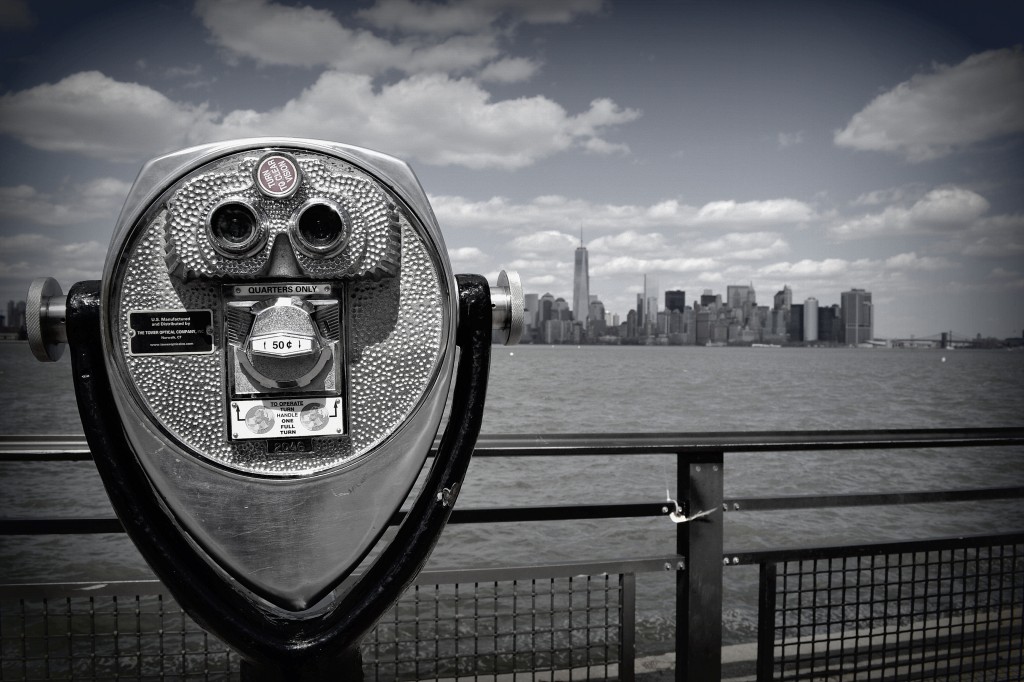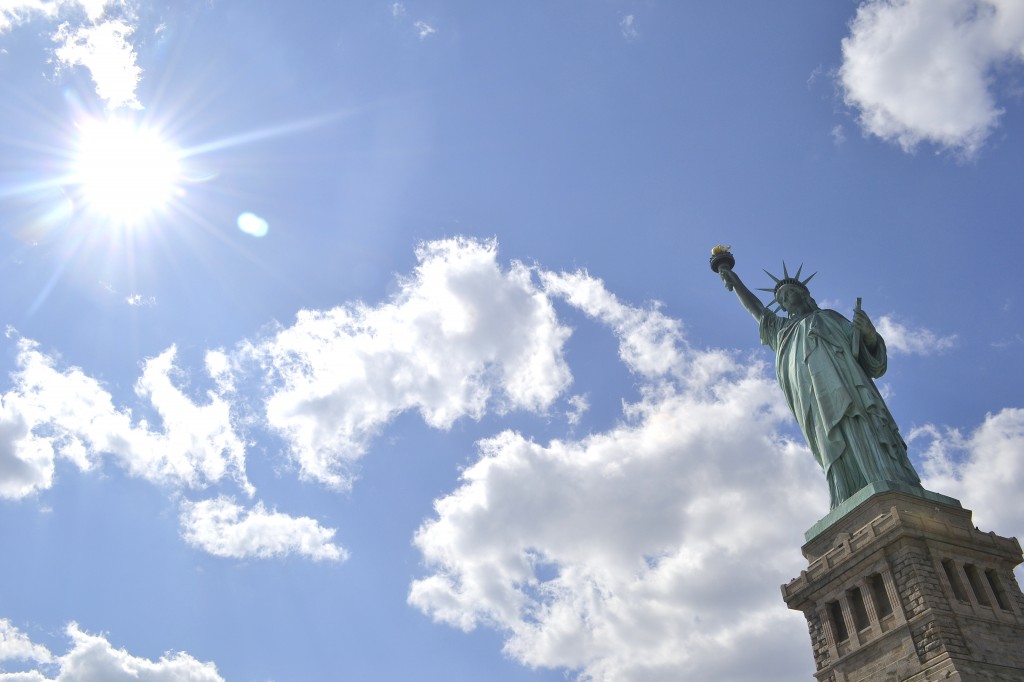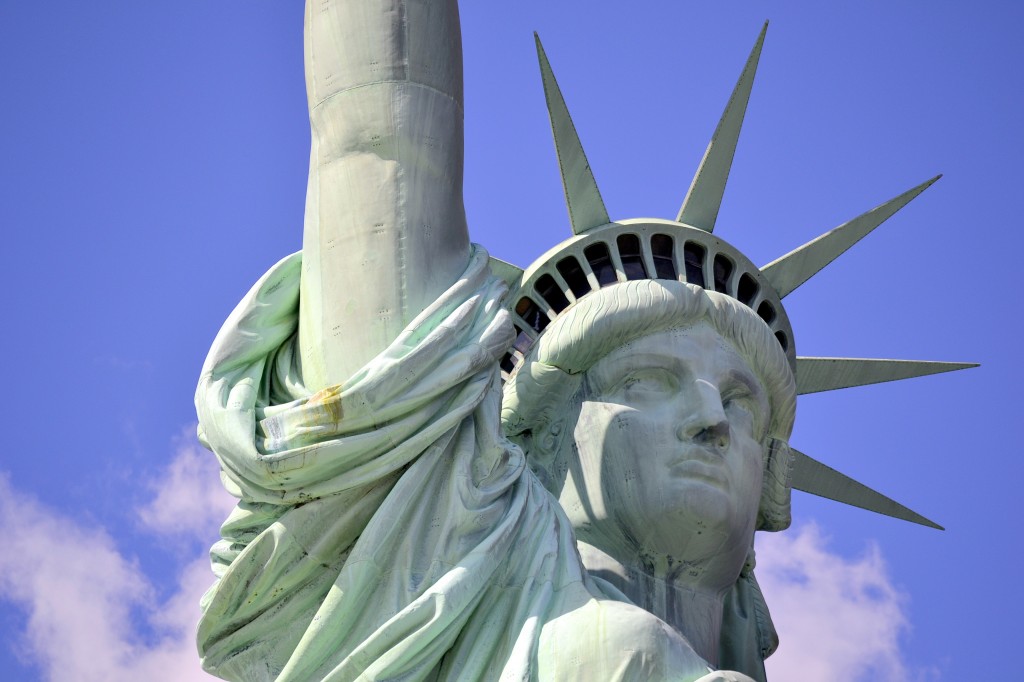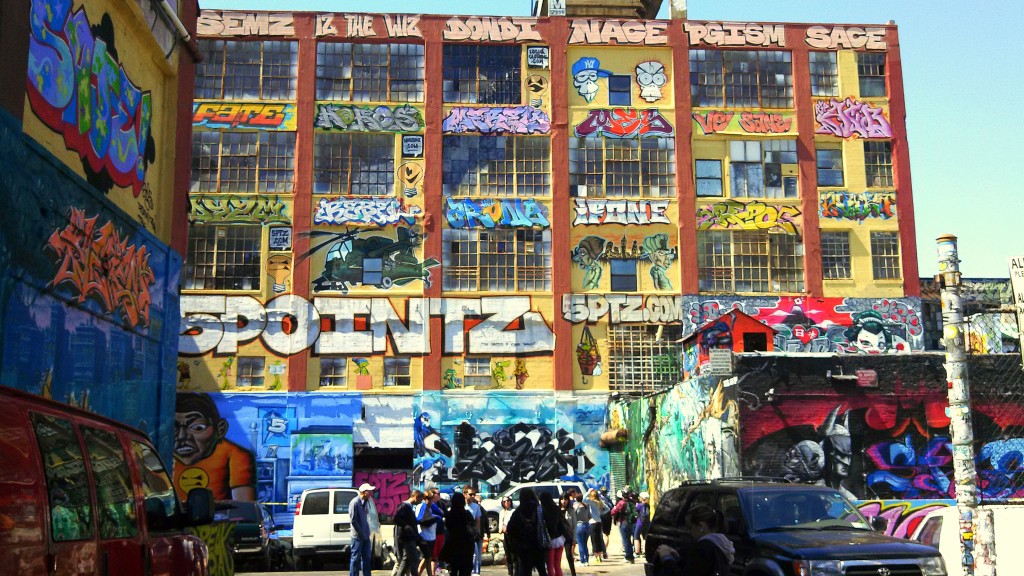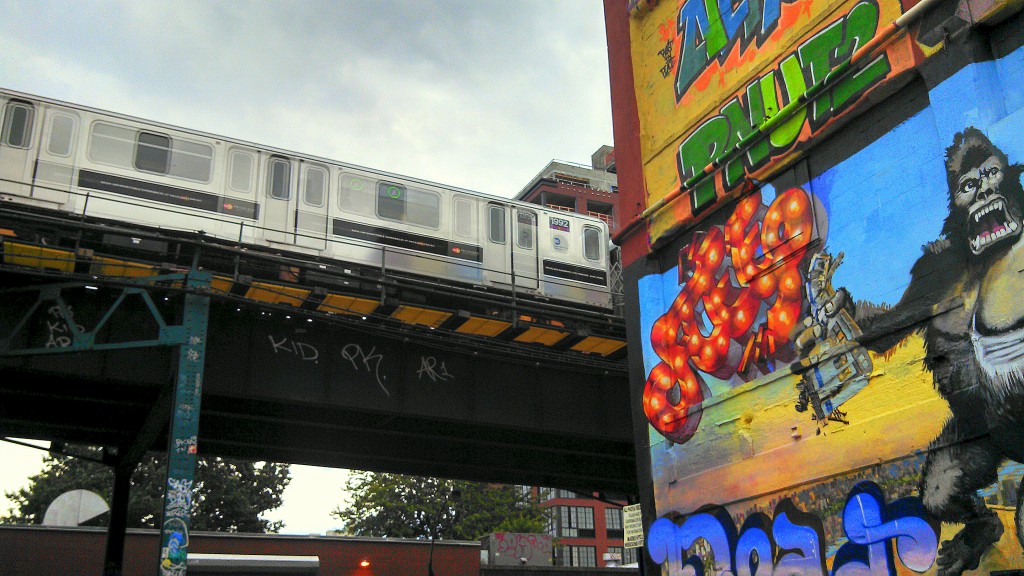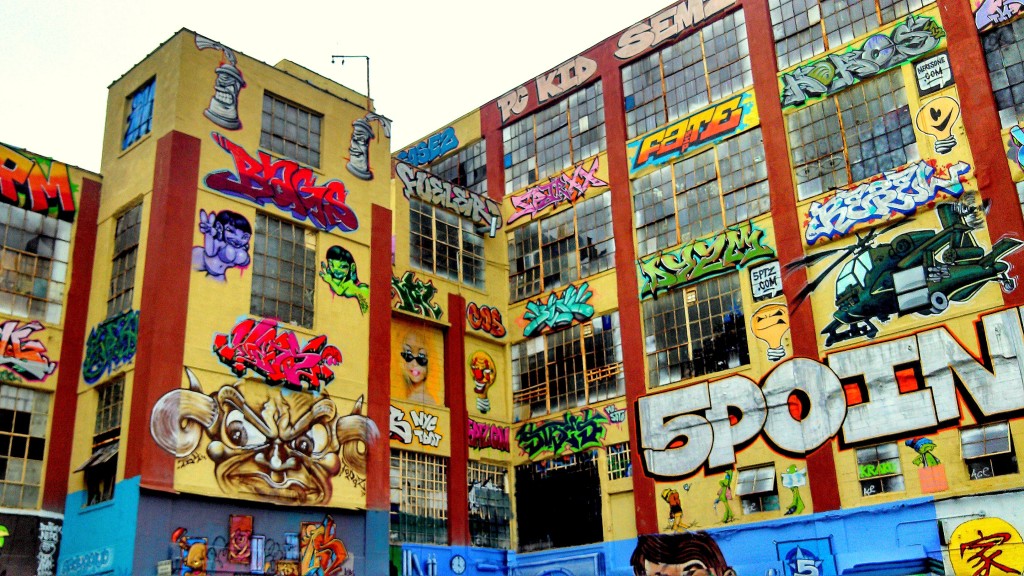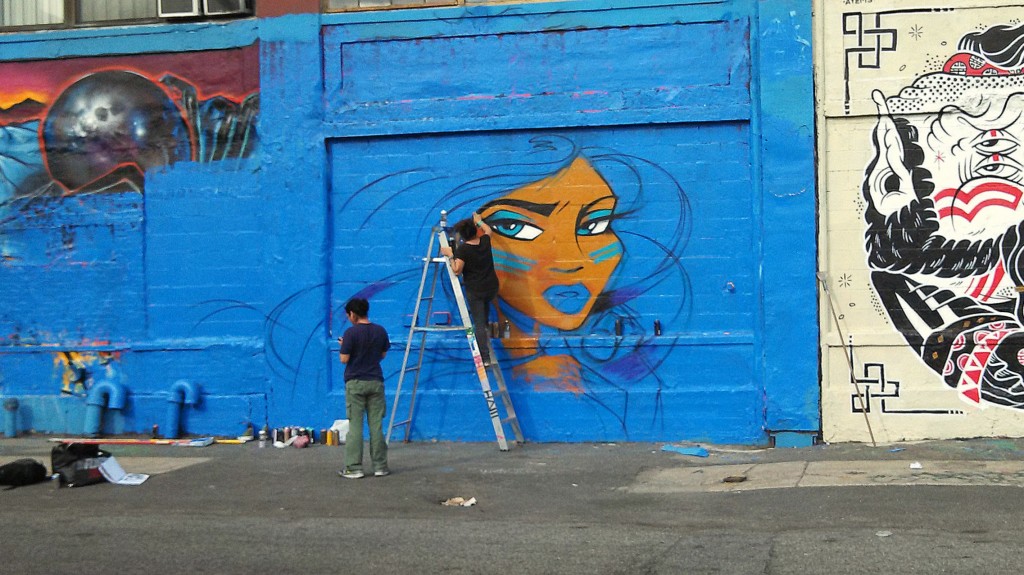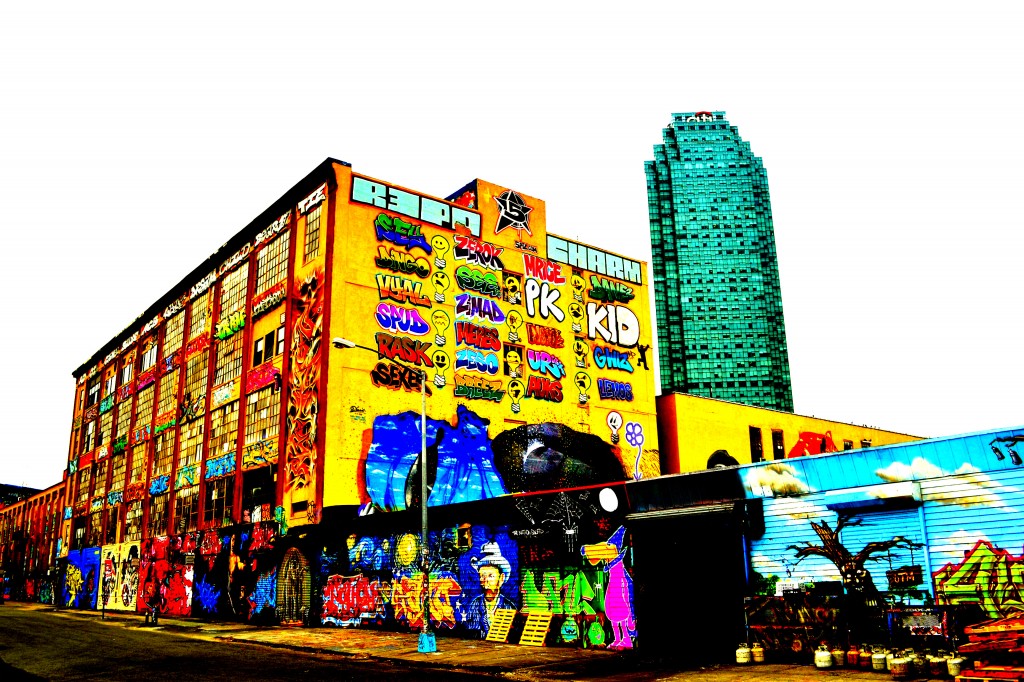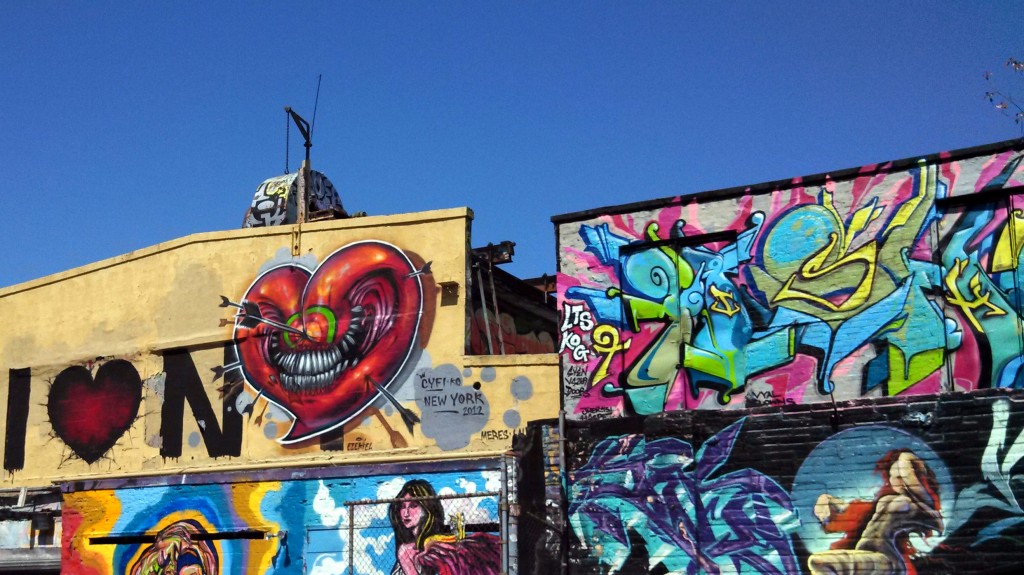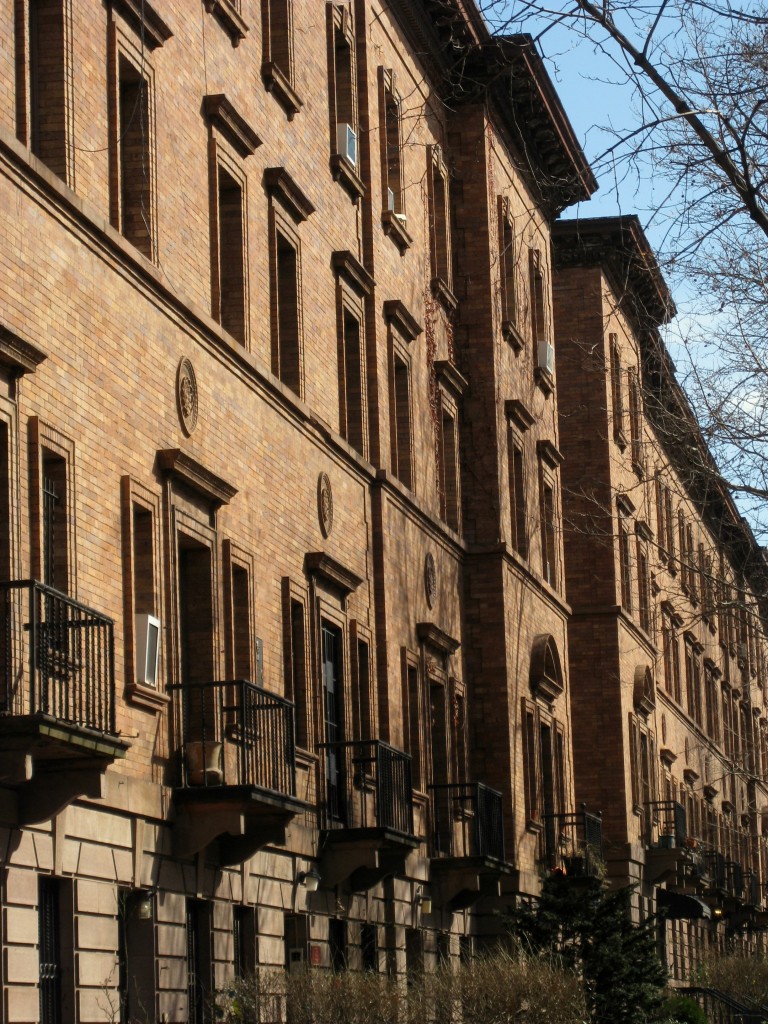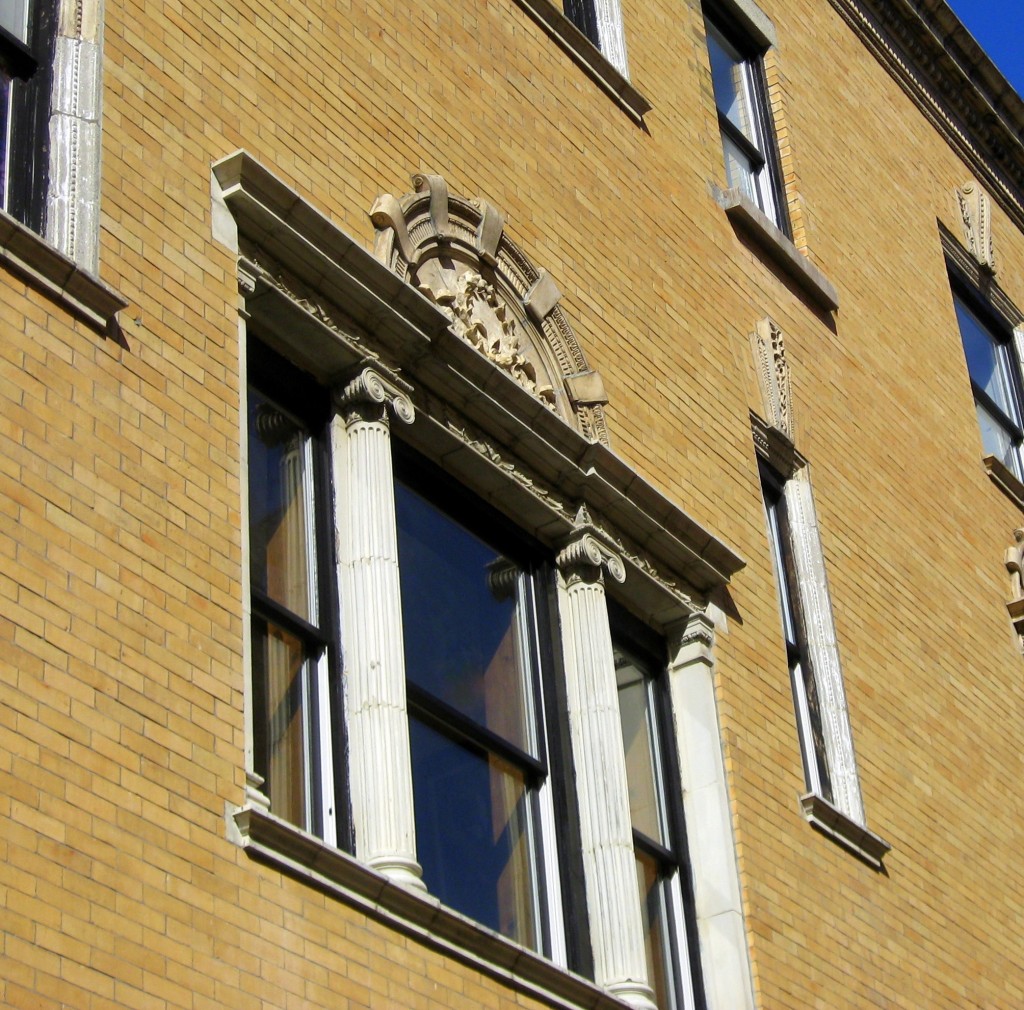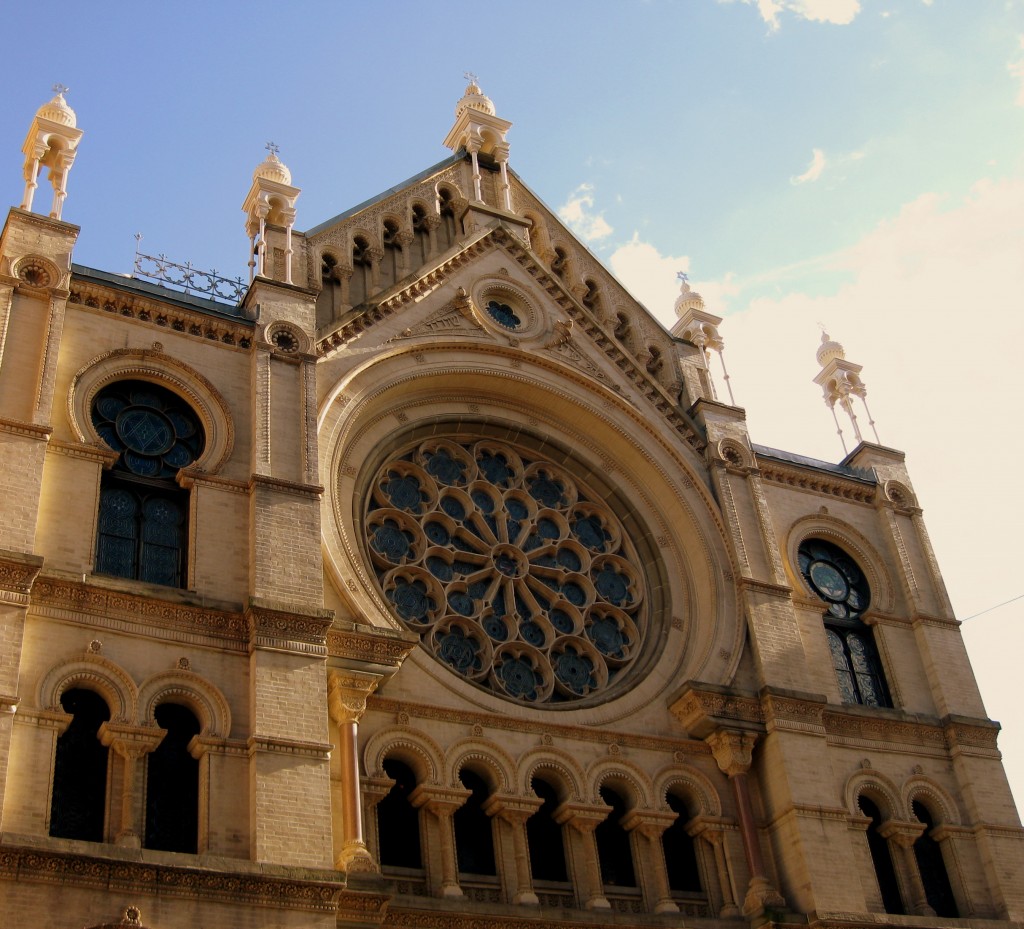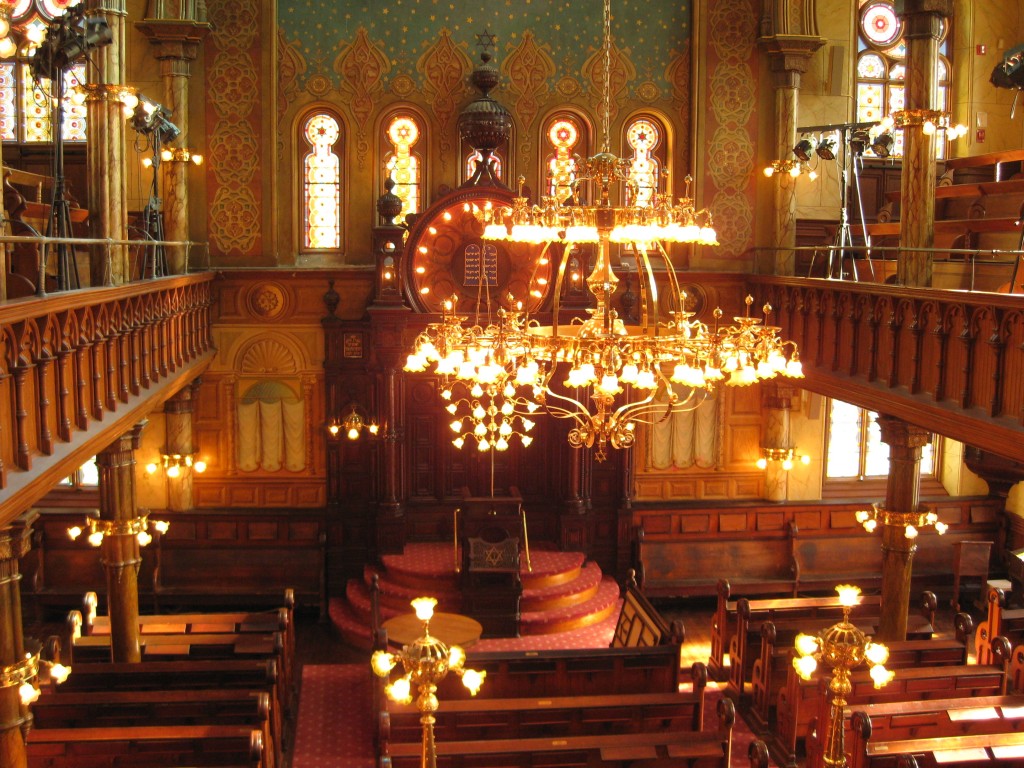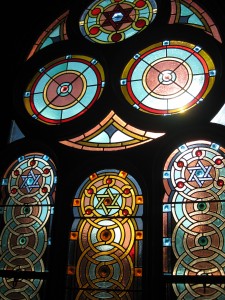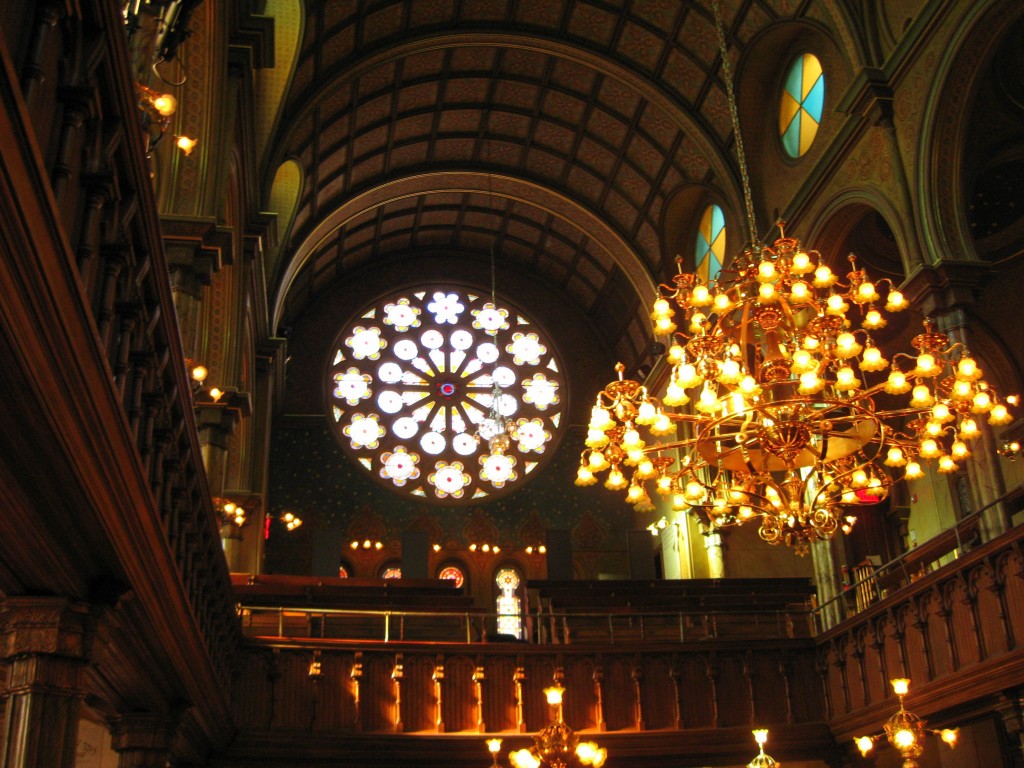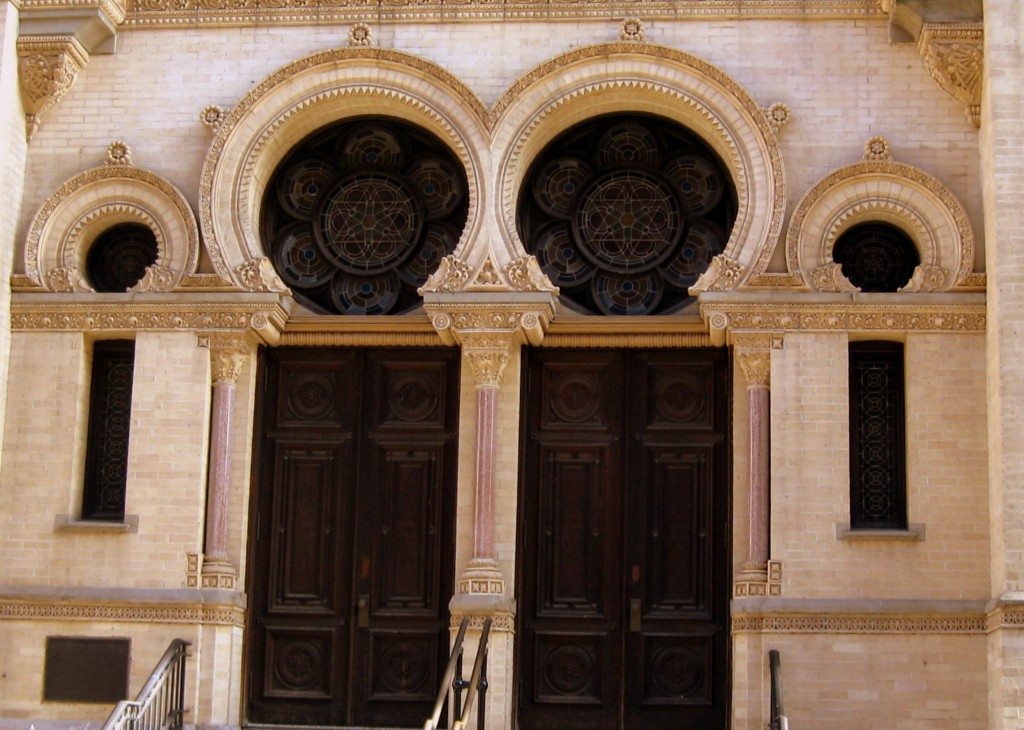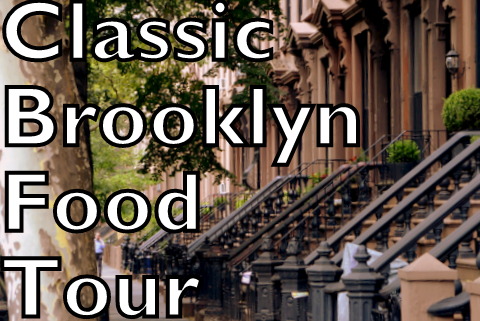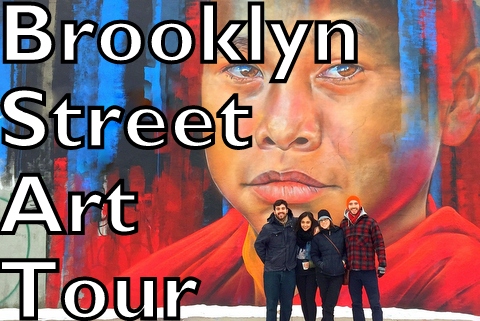New Yorkers have what I’ll call a failing long-distance relationship with the Statue of Liberty. We love her, and we tell her we love her all the time. But we never visit her.
We never decide to hop on the ferry and have a picnic by her pedestal or bring a date up to her crown. Maybe we head out once every 10 years if friends are in town, but even this pilgrimage tends to be approached as a necessary evil of introducing visitors to New York. Perhaps this is because we New Yorkers (like people everywhere) often pride ourselves on avoiding the parts of our city that are overrun by tourists. Or perhaps we’re satisfied with our first and only visit to the Statue, the one we took when we were 10 years old.
With curiosity about this pervasive attitude in mind, I decided to go myself to see if the trip deserves a higher place on New Yorkers’ respectable afternoon excursion list. Even though I’ve worked in tourism for years, I amazingly had not been to the Statue since I was a child. So here’s a no-frills evaluation of the Statue of Liberty experience, from a local perspective.

I waited about half an hour including passing through security before boarding the ferry at Battery Park.
A ticket online costs $18 with pedestal access, $3 more for the crown. This includes admission to Ellis Island as well. I showed up, gradually progressed through the line and then grabbed a spot on the top deck next to the ferry’s guard rail. The boat ride offered breath-taking views of Lower Manhattan and the Statue that I almost would have paid $18 for alone. However, you can get almost the exact same ride for free on the Staten Island Ferry so I needed more to be really impressed.
Warning: Make sure you reserve tickets on the official website for an exact arrival time on a specific day. DO NOT under any circumstances arrive without a ticket and buy one from a third party vendor on the streets next to Battery Park. They will sell you marked-up “flex” tickets that you will almost definitely have to wait in a multi-hour line to use.
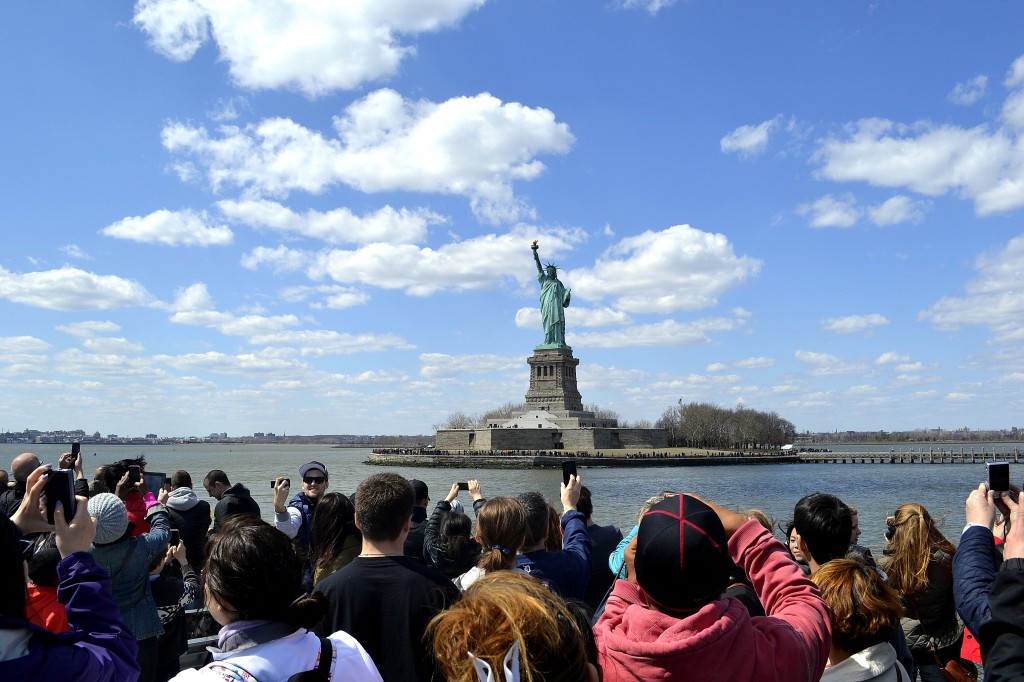
As we approached Liberty Island, the air hummed with excitement. Even though I see the Statue from afar every day, I have to admit that I felt like I was really seeing it for the first time.
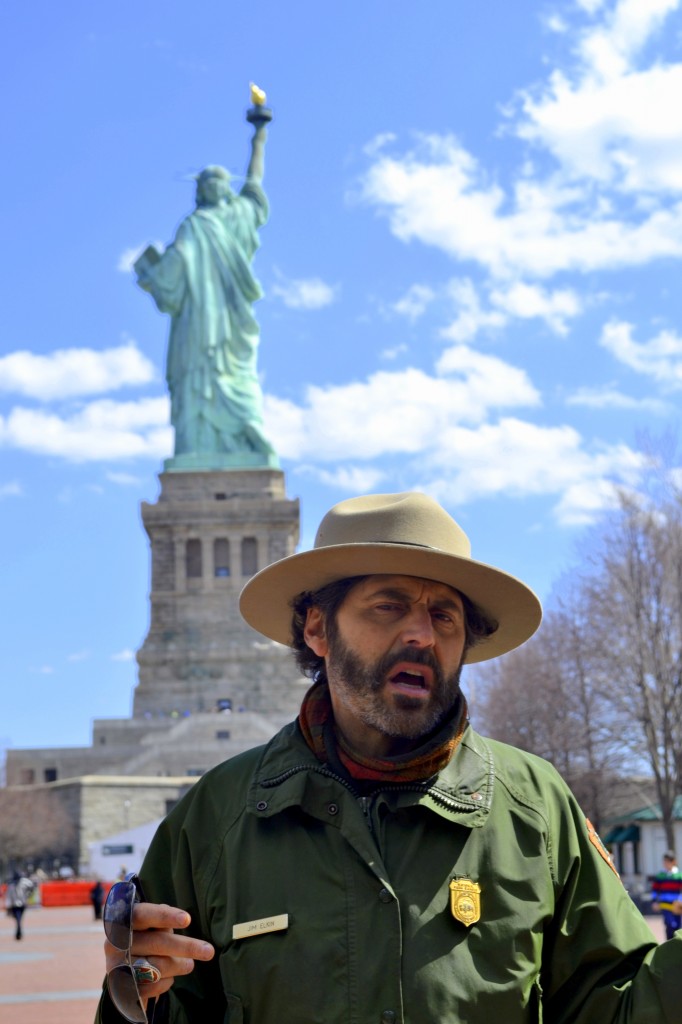
Once on the island, I took a free ranger tour…which was fascinating. Even though we all take the Statue for granted, it took a series of minor and major miracles and over 20 years of work to transition her from an idea to a reality.
I think one of my most striking realizations was that the Statue is first and foremost a work of art. It’s a sculpture after all and a masterpiece at that. I have to say that I never grew tired of looking at her from different angles as I struggled to comprehend her gargantuan scale. Most New Yorkers only see her from afar or in photos, neither of which compares to seeing her up-close and personal.
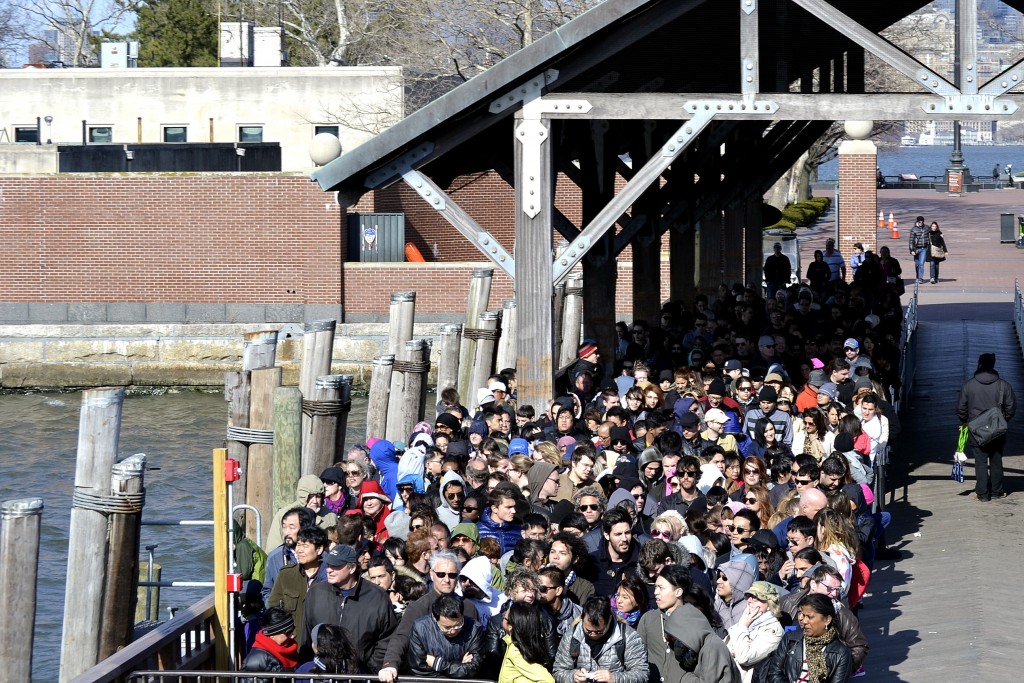
Perhaps the biggest drawback was the 45 minute wait on the island for a ferry to pick us up. The wind whipped all around and many of us were underdressed…these are the 21st century huddled masses.
In the end I had a great day. The enthusiasm and thrill of the tourists rubbed off on me and made me feel like I was on vacation myself. Perhaps for the first time, I really looked at the details of the statue–the stoic expression on Lady Liberty’s face, the tablet in her hand and the lift of her back foot, revealing that she is actually walking forward–progressing. My verdict is that the Statue is not overrated. The fact that people from all over the world come to see her is a clue that New Yorkers should too. So if you love her, pay her a visit!






